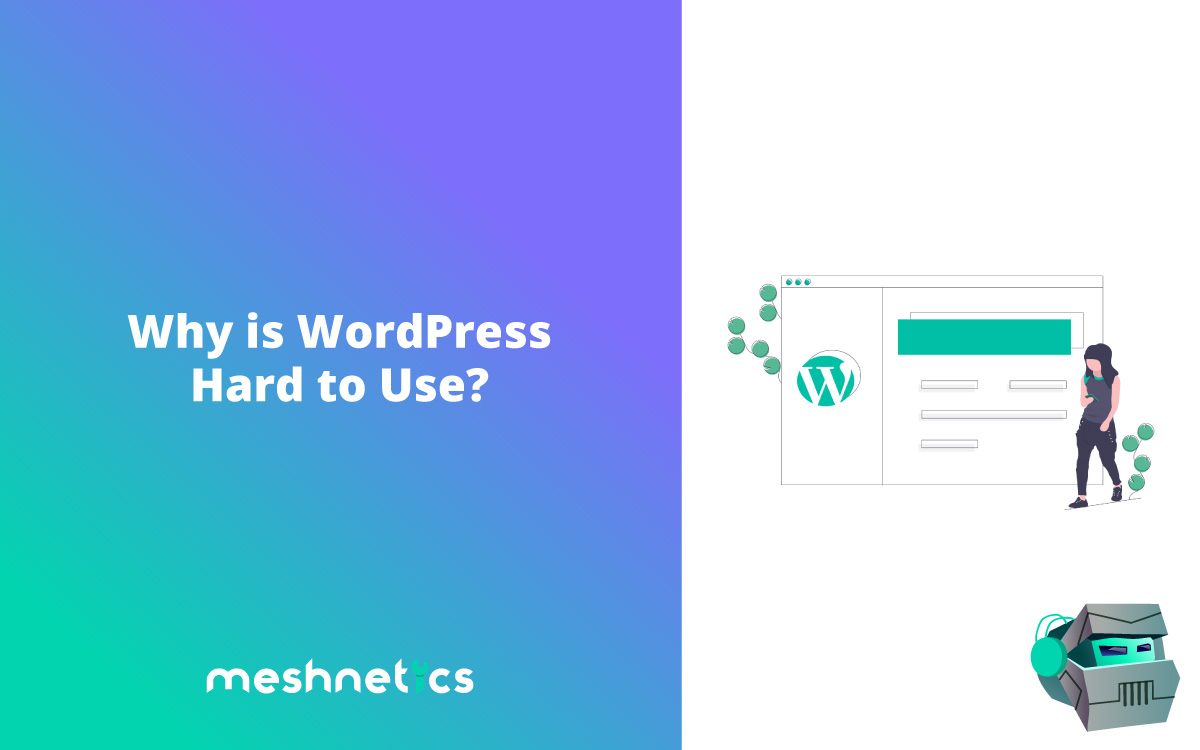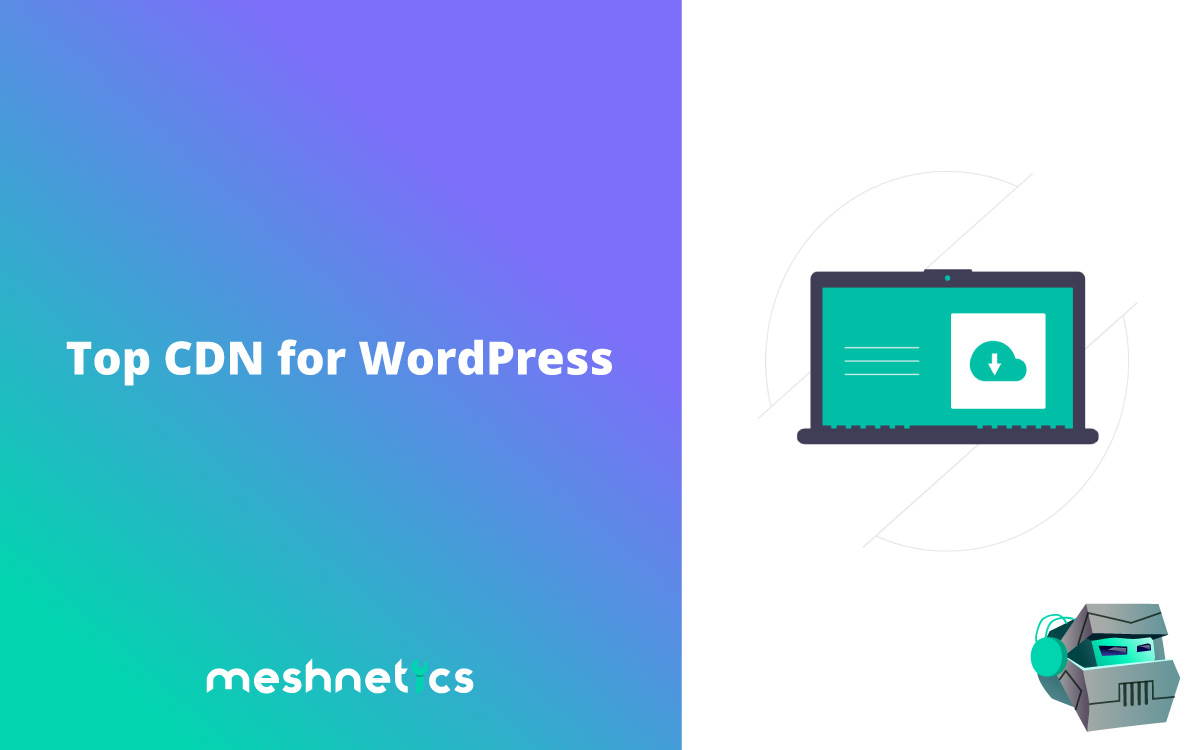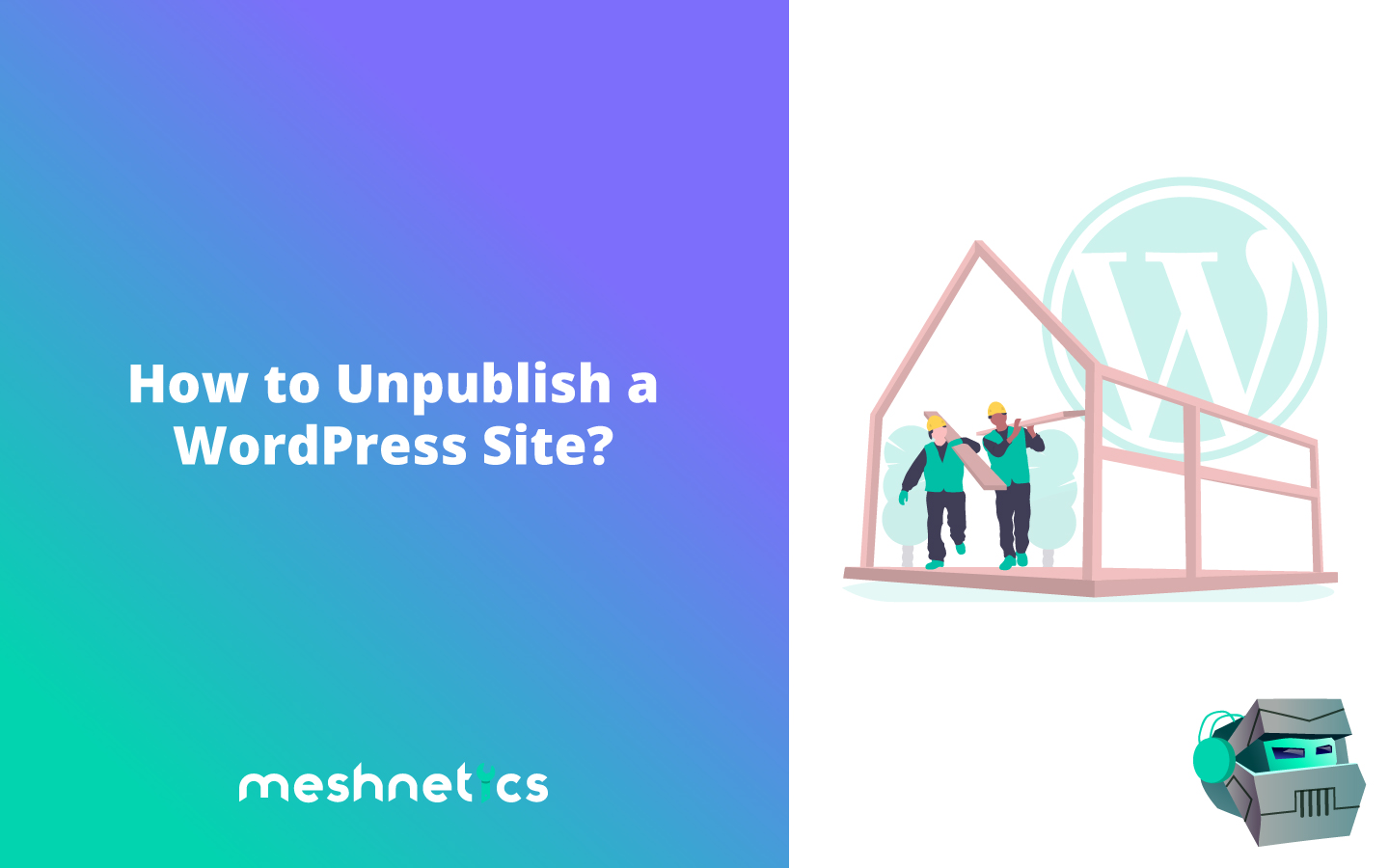For 99.9% of our clients, using WordPress isn’t the confusing, overwhelming mistake they think it is—there’s just a steep learning curve. Once you’ve mastered the basics of setting up your WordPress site, your ability to create, change, and grow your site is almost limitless.
First, you’ve got to overcome the ground-level issues.
In this article, we’re unpacking all the issues new users find with WordPress. Then we’re going to show you how to solve those issues. WordPress is a complicated beast to manage, but with the right team on your side—that’s us!—you’ve got it covered.
What Is WordPress?

The first step in understanding how to use WordPress is understanding how it’s designed to be used. And the first place that gets confusing is when you’re deciding which WordPress to use.
What’s the difference between WordPress.com and WordPress.org?
WordPress.org is open-source website software. As a kind of website operating system, WordPress.org is absolutely free. Since they don’t act as a web host, you will need to register your domain and pay for hosting elsewhere.
WordPress.com is a content management system that uses WordPress.org software. You can use this for free—in a very limited way—as an all-in-one website host and builder. You can also pay a monthly fee (which is paid 12 months in advance) for more options and flexibility for your site.
Why is WordPress so hard?

What tends to cause the most confusion for our customers is the complexity of setting up a pretty basic site at low cost. Understanding how to use the start-up features of WordPress can take some time—but fortunately, we’re here to cut that time down as much as possible. Here, we’re just listing the most common complaints we hear from users, and showing you the solutions.
Issue #1: How do I set up a hosted WordPress site?
To install the WordPress CMS on your hosted site manually, you can use a simple six-step process:
- Download the WordPress package from WordPress.org
- Login to your hosting account and upload the package there
- Create the MySQL database and database users—all your WordPress information will be stored in this database
- Login to your WordPress account and add all the required details here
- Run the WordPress installation program
At this point, you’ve completed the set-up for your hosted WordPress site. You’re ready to start uploading themes, configuring your settings, and producing your content.
Issue #2: How do I configure my settings in WordPress?
We can break this section down into several categories which seem to give our clients the most trouble.
Categories vs Tags
The major difference here is in how you use categories and tags. Tags give specific detail on the topics and themes mentioned in your post. Bloggers and site owners commonly use multiple tags in a post, in order to have that post appear in multiple searchable topics.
Categories in WordPress are almost exactly the same as categories on any other platform: they tell the reader what the overall topic of your post is.
If you were writing a post about cats, for example, you may have the categories set as animals > domestic pets > cats. Your tags, on the other hand, could be related to specific cats, cat food, cat diet, a currently trending tag related to cats, or any other number of topics.
Posts vs Pages
To put it simply, a post is an article you could share—much like how you would share a news article. A page is a static element of your website, like an About Us page.
A blogger would typically have tens, hundreds, or thousands of posts, if they are prolific writers. An e-Commerce site, on the other hand, may have hundreds of pages set up to sell each of their products.
Permalinks
Permalinks are how the rest of the world will identify your content. It helps bloggers to recognize what they’re sharing easily—which makes them more likely to share it. Also, it helps you to share your own content correctly. It is helpful to Google too, to index your content—and we all want to be on the good side of Google, right?
When you configure your permalink settings in WordPress, some settings are infinitely better than others. If you’re starting out, we suggest using the Post Name setting. When a post is shared using these sentences, it looks something like this: www.yourwebsite.com/big-news/
If you plan to be posting hundreds of articles a month, you may want to also include the Post Date setting, so readers can easily locate the article they want by the date you posted it.
Automated Backup and Security Tools
This isn’t as straightforward as some aspects of WordPress become—even for advanced users. Backups should be done through an independent—and secure—third party provider. Your Backup tool should:
- Back up your website, MySQL database, and resource files
- Run consistently in the background at scheduled intervals
- Store all files off-site
- Offer straightforward restore points, if you need them
- Also offers security features to help prevent malware issues
Look for a backup tool that is specifically designed to work with WordPress, and effectively lets you work stress-free. We recommend a comprehensive backup and security package for all our clients.
Contact Forms
Contact forms offer many benefits for WordPress users.
- They act as a call to action for your site visitors to get in touch with you.
- They can drastically reduce the amount of spam mail you receive, since your contact form doesn’t display your email address. New technology also makes it difficult for bots to breach your contact form directly.
- Information control. Contact forms can have specific subject lines, meaning emails will be sorted by the topic or concern of your visitors.
- Contact forms ensure that specific information is included in the emails. Visitors can’t accidentally leave their return email address out, or forget to leave their details.
A good contact form can be created in WordPress directly, or you can utilize one of many expert plugins. Whatever option you choose, the installation process will be unique. The beauty of this is, if you ever get stuck on designing and installing your contact form, our people can help get you out of a jam.
Issue #3: How do I choose the right WP theme?
There are hundreds of different WordPress themes on the market—and more if you choose to subscribe to a paid WordPress.com package. Ultimately, what is right for you depends on several factors:
- What your business sells
- What your goals for your site are
- Your brand aesthetics: color schemes, amount of white space, visual layout, etc., can all impact the kind of theme you want to use
- Your budget: WordPress themes can vary in price from free to hundreds of dollars. Each comes with its own advantages and disadvantages, so it pays to be clear what you would like to achieve
If you want an expert’s insight into choosing the right WordPress theme, or just want a professional’s opinion on what could be right for you, getting good feedback is a smart move. Our guys are happy to offer one-off assistance and advice in choosing the best WordPress theme for your needs.
Issue #4: Do I need all these plugins?
Plugins can definitely be overwhelming. It can be tempting to choose all of them because surely they are there for a reason. Others choose to avoid plugins altogether, which does your website a major disservice.
The trick is to choose the right plugins for your needs. Ask yourself how this plugin adds value to your customers’ experience of your website. If it doesn’t add value for them, ask yourself how it adds value to your backend—your analytics, your workflow, or your business. If it doesn’t, then the chances are high you don’t need this plugin.
Wondering which plugins we recommend? Contact us to discuss your options and your website—we can offer valuable insight into the best plugins for you.
Issue #5: How do I set up Analytics for my WordPress site?
There are several analytics providers online—some better than others. For this article, let’s look at the #1 in website performance analysis: Google Analytics.
Analytics are important because they tell you who is visiting your site. Where are they from? How are they finding you? What keywords are they typing? How long are they spending on each page? Why are they buying—or not buying? Where are they spending the most time?
All of this helps you to create the best site. It helps you to overcome buyer hesitation, improve how people find you, and target your audience for better engagement and better sales.
To do that, you need to install Google Analytics:
- Set up an account with Google Analytics
- Install the MonsterInsights plugin and activate it in WordPress
- Using the free MonsterInsights version, install Google Analytics
- Explore your Google Analytics reports to get the most out of this essential tool
Issue #6: How do I optimize my WordPress site for search engines?
Search Engine Optimization is a multi-billion dollar industry—and with good reason. A lot goes into strong, reliable SEO, and it’s often more than just choosing good keywords. If you have time to explore and experiment, there are several SEO plugins you can use for your WordPress site.
Many of our clients don’t want to waste time on hit-or-miss approaches, especially where their business is concerned. In that case, you can contact us for advice on the best SEO plugins for beginners, intermediate online businesses, and expert e-commerce giants.
Issue #7: How do I set up an online store?
Opening your first online store with WordPress may seem daunting—but it can also be incredibly rewarding. Anyone with a computer, internet access, and something to sell can start an online store in less than 60 minutes. The process is simple:
- Login to your WordPress site admin
- Install the WooCommerce plugin
- Choose your products
- Choose and customize your storefront
- Add plugins to extend your store capabilities
- Set up your payment methods—remember to check the fine print for fees and charges
- Start marketing
Issue #8: How do I maintain my WordPress website?
Maintaining your WordPress site is likely to be a lot easier than setting it up in the first place—unfortunately, it can be a time intensive process. If you have the time to spare, your responsibilities will include:
- Installing WordPress updates and checking for integrity issues following the installation
- Moderating comments
- Optimizing images
- And crucially: optimizing site speed
If you need help getting your head around all the ongoing work—on top of actually running your blog or business, and managing content—let us help you out with our monthly, weekly, and daily maintenance services.
Quick Reference FAQs for WordPress
Should I just give up if WordPress is so hard to use?
Absolutely not. There’s a reason 49% of the world’s websites use WordPress: it’s amazing. You get absolute functionality, a wealth of plugins, themes, and solutions, and an almost unrivalled up-time. Instead of giving up on WordPress, why not get in touch with us to help you master the platform?
What are the alternatives to WordPress?
There are several alternatives to WordPress. Some have excellent feedback and reviews. Here are some of the most popular options, and who we think they could suit. For us, though, nothing offers the versatility, diversity, or support of the WordPress platform.
- Squarespace—expensive, but extensive in its functionality
- Weebly—super-easy to use, perfect for beginners, but very difficult to scale up
- Wix—flexible web design, beginner friendly, but—again—difficult to scale up
- Joomla—powerful, functional, but much more difficult to learn than WordPress
- Webnode—excellent for multi-language websites
How can I learn WordPress and make it easier to use?
Hopefully, this quick guide helped you to answer a few of the most common problems users have with WordPress. If not, get in touch with our team and we can walk you through any area of WordPress that is tripping you up. It’s more affordable than you’d expect!
What to do if something goes wrong?
Congratulations on giving WordPress a go.
If you get stuck, don’t stress. Meshnetics is here to help you with comprehensive WordPress support plans that suit your needs and budget. And if you just need us for a bail-out emergency, we’ve got you covered for that. Our one-time service is quick, helpful, and effective in getting our clients out of sticky WordPress situations.


